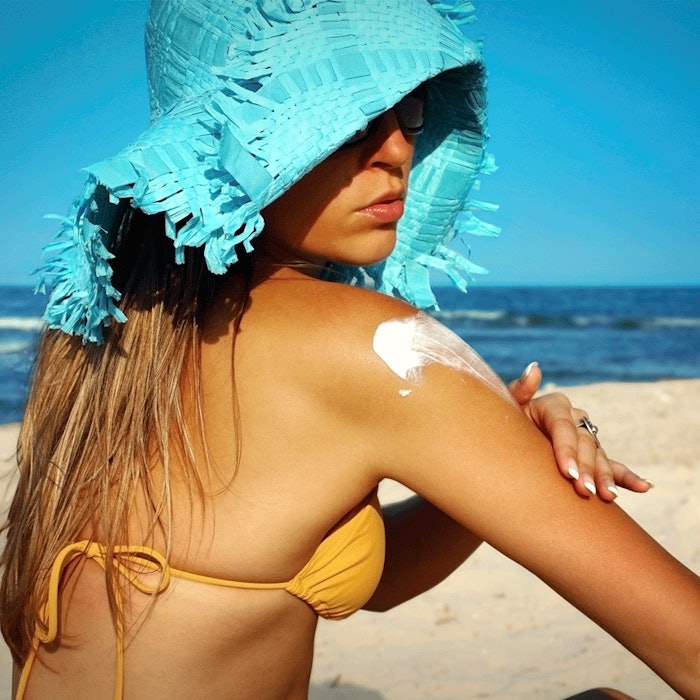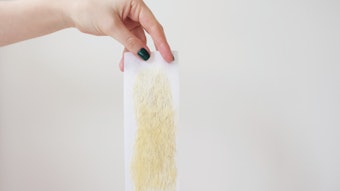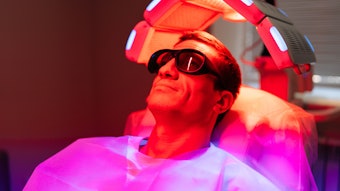
Scientists used a sticky nanoparticle polymer in a sunscreen to prevent the body's absorption of the chemicals into the skin and bloodstream.
In Nature Materials, Mark Saltzman, a professor of biomedical engineering at Yale University, reported a mouse study where the large skin-adhesive nanoparticles they developed stayed on the surface of mouse skin for days, even after water exposure, while commercial sunscreens penetrated into deeper skin layers.
Not only is the nano-polymer sunscreen safer for the body, it may also be more effective in sun protection.
Proper Protection Concerns
The researchers wanted to make an even safer form of sun protection. Although inorganic and organic UV filters protect the skin from UV rays and help prevent DNA damage, there are questions about their safety for the human body and potential as allergens.
“(The filters have) potential to act as allergens, to release oxidative species after UV exposure, and to partially bind to hormone receptors,” said Michael Girardi, study coauthor and dermatologist and researcher at Yale. “Almost all of the organic sunblock molecules are not chemicals we want penetrating into the skin or into the bloodstream.”
“Our idea was to encapsulate the UV filter inside a polymer nanoparticle in a stable way so that the UV filter stays inside the nanoparticle core,” explained Saltzman.
Innovating Safety
To give the hydrophilic coating a strong bioadhesive property, the researchers converted hydroxyl groups to aldehyde on the hyper-branched polyglycerol coating of nanoparticles and then enclosed the UV filter padimate O within them. The coating reacts to proteins on the surface of the outer skin layer, which helps it stick. The natural time for skin cells to turn over is five days, which is how long it took for the particles to slough off the mouse skin. The particles can also be wiped off with a wet towel.
For the same UV protection in comparison to standard lotion sunscreen, 20-fold less padimate O was needed in the nanoparticle formulation when tested on mice. Additionally, ROS-induced DNA damage in the skin after UV irradiation was reduced compared to conventional sunscreens, the researchers reported.
With the authors’ development of a strong adhesive coating to the skin, the UV filters could potentially hold more efficiency within the nanoparticles, said Miriam Rafailovich, materials engineering professor at Stony Brook University in New York.
According to Michael Roberts, professor of therapeutics and pharmaceutical science at the University of South Australia who was not involved in the research, sunscreens vary in quality for potential of skin penetration, sensitization and effectiveness. The new method could improve safety of some sunscreens with prolonging their retention as well as minimize ROS formation, he added.










